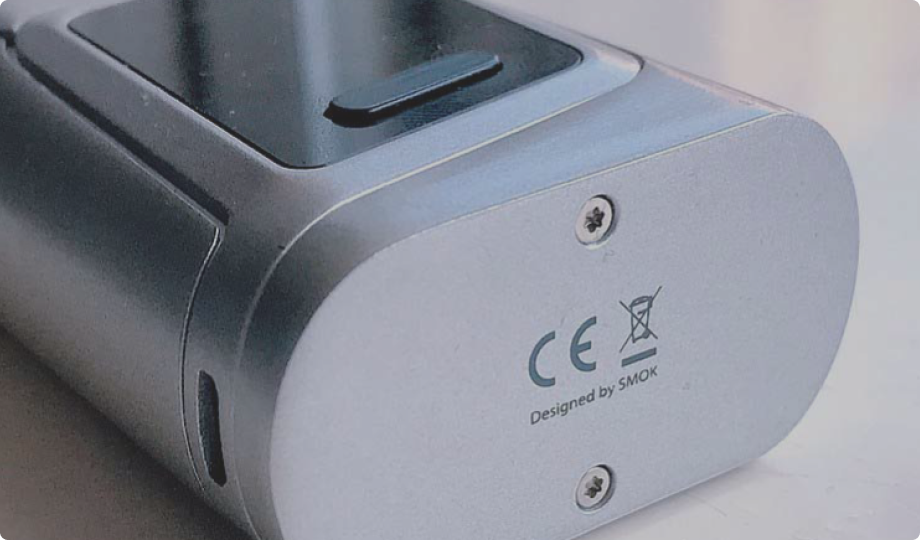CE marking is a mandatory requirement for electronic devices seeking to enter the European Union market. This marking indicates that a product complies with a comprehensive set of safety, health, and environmental regulations established by the European Union (EU). This article delves into the world of CE marking for electronic devices, exploring applicable directives, the marking process, and ongoing obligations for manufacturers.
Features of the CE Marking
CE marking is a mandatory requirement for electronic devices seeking to enter the European Union market. First and foremost, it acts as a commercial passport, removing barriers and allowing for the free distribution and sale of compliant products in all EU member states. This opens the doors to a vast and lucrative market, eliminating the need for separate certifications for each individual country, although it is always recommended to review national legislation.
In addition to being mandatory, the CE marking promotes consumer confidence by indicating that the product has undergone rigorous testing and complies with established safety standards. This translates into enhanced brand reputation and marketing. Consumers can purchase with peace of mind, knowing that the device meets minimum safety requirements and EU legislation.
Understanding Applicable Directives
Understanding which EU directives apply to your electronic device is crucial for compliance with regulations applicable to electronic and electrical products. These directives address specific safety, health, and environmental concerns. Below is a breakdown of the most relevant directives for electronic devices:
- Low Voltage Directive (LVD): This directive focuses on the electrical safety of electronic devices operating within a specific voltage range (typically between 50V and 1000V for AC and 75V and 1500V for DC). It requires measures to prevent electric shock, fire hazards, and other dangers associated with electrical safety.
- Electromagnetic Compatibility Directive (EMC): This directive ensures that electronic devices do not generate excessive electromagnetic interference that could disrupt the operation of other nearby electronic devices. It sets limits on conducted and radiated emissions to minimize interference and ensure that devices function properly within their intended environment.
- Restriction of Hazardous Substances (RoHS) Directive: This directive restricts the use of certain hazardous materials such as lead, mercury, cadmium, and specific brominated flame retardants in electronic products. Its goal is to minimize the environmental impact of electronic waste by promoting the development and use of safer alternatives in the manufacturing process.
- Radio Equipment Directive (RED): This directive applies specifically to products that intentionally transmit or receive radio waves for communication or radiodetermination purposes (e.g., mobile phones, Wi-Fi routers, Bluetooth devices). It ensures that such equipment operates efficiently within the designated radio spectrum and does not interfere with other radio communication systems.
- Ecodesign Directive (increasingly relevant): Although not always mandatory for CE marking, the Ecodesign Directive is becoming increasingly important for electronic devices and applies to more and more appliances. Its aim is to improve the environmental performance of products throughout their life cycle, focusing on aspects such as energy efficiency, resource use, and recyclability. Manufacturers should be aware of the growing influence of this directive as the EU pushes for more sustainable product design in the electronics sector and check whether their product is included in the new EPREL system.
The CE Marking Process
The CE marking process is a crucial step for manufacturers seeking to place electronic devices on the European market. It follows a structured approach that ensures compliance with EU regulations and demonstrates a commitment to product safety. The primary responsibility for navigating this process lies with the manufacturer. Here is a breakdown of the key steps involved:
Identification of Applicable Directives: The first step involves a thorough analysis of the electronic device to determine which EU directives apply. This requires a deep understanding of both the product characteristics (functionality, voltage range, radio frequency use) and the scope of various directives. At Together Comply, we are experts in electrical appliance regulatory compliance and can assist you at this point.
Compliance Assessment: Once the relevant directives have been identified, the manufacturer must ensure that the product complies with all applicable requirements. This stage generally involves two main approaches:
- Internal Production Control: For many electronic devices, manufacturers can leverage internal testing and quality control measures to demonstrate compliance. This self-declaration approach involves establishing and maintaining robust internal processes that ensure the product complies with relevant safety, health, and environmental standards, in addition to relying on third-party testing.
- Conformity Assessment Procedures: For certain products, particularly those with higher risk profiles or complex functionalities, the involvement of a Notified Body may be necessary. Notified Bodies are independent organizations designated by EU member states to assess compliance with technical regulations. They perform product testing, review technical documentation, and issue certificates if the device meets the requirements.
Technical Documentation: During the compliance process, manufacturers must compile a comprehensive technical file, often referred to as technical documentation. This file serves as evidence of compliance and is subject to review by authorities upon request. It typically includes detailed information about the product, such as:
- A comprehensive description of the product and its intended use
- Detailed design specifications and drawings
- A complete bill of materials listing all components used
- Risk assessment reports identifying potential hazards and mitigation strategies
- Test reports demonstrating compliance with relevant standards
- User instructions and safety information for the product
- The Declaration of Conformity
Technical documentation must be kept for a period of generally 10 years after the last product has been manufactured and be available for submission to market surveillance authorities upon request.
- Declaration of Conformity: Once the manufacturer is confident that the product complies with all applicable requirements and the technical documentation is complete, a formal Declaration of Conformity must be drawn up. This document serves as a legal statement indicating that the product complies with the essential requirements of all relevant EU legislation. The Declaration of Conformity typically includes details such as the manufacturer’s name and address, product identification information, a list of applicable directives and standards, and the signature of an authorized representative within the manufacturing company.
- Placing the CE Marking: After successfully navigating the above steps, the manufacturer can finally place the CE marking on the product. The CE marking must be visible, legible, and indelible, ensuring that it remains clear and recognizable throughout the product’s life cycle.
By following these steps and adhering to established procedures, manufacturers can demonstrate compliance with EU regulations and legitimately place the CE marking on their electronic devices, granting them access to the European market.
Ongoing Obligations and Market Surveillance
El mThe CE marking is not a one-time certification. Manufacturers have ongoing obligations:
- Continuous Compliance Monitoring: Monitor compliance with any changes in legislation or standards.
- Post-Market Surveillance: Actively collect and review information on product performance in the market.
- Incident Reporting: Notify authorities of any serious risks identified with the product.
- Documentation Maintenance: Keep technical files and Declarations of Conformity up to date.
- Cooperation with Authorities: Provide all necessary information and documentation to market surveillance authorities upon request.
Challenges and Considerations
CE marking for electronic devices can present several challenges:
- Regulatory Complexity: The interaction between directives and standards can be complex, especially for multifunctional devices.
- Rapid Technological Change: Regulations and standards evolve to keep pace with new technologies.
- Global Supply Chains: Ensuring compliance throughout the supply chain can be challenging, especially with components sourced from multiple countries.
- Resource-Intensive Process: The process can be resource-intensive, requiring significant time and expertise, particularly for smaller companies.
Conclusion
CE marking plays a vital role in ensuring the safety and compliance of electronic devices in the European market. It is a complex process that requires a deep understanding of regulations and a commitment to ongoing compliance. By navigating the requirements, manufacturers can access the market and build consumer confidence. As technology evolves, so do regulations. Manufacturers must stay informed and adapt their compliance strategies.
At Together Comply, we have the necessary knowledge to accompany you on the path to certifying your electronic product. Contact us for more information.



